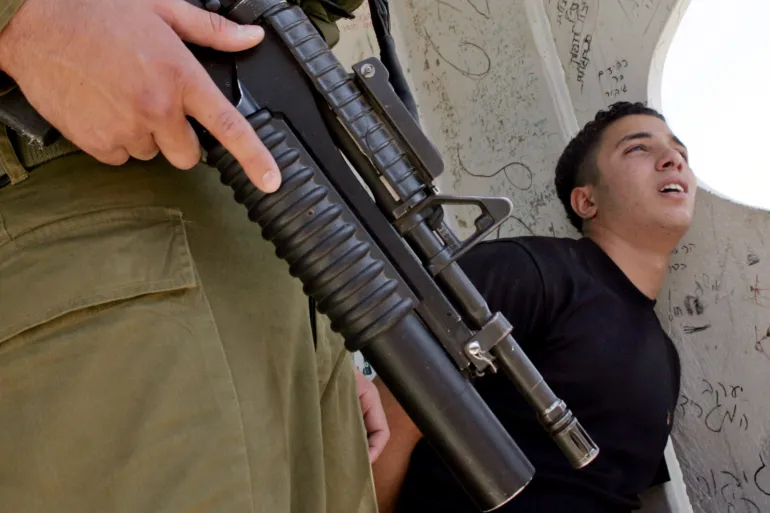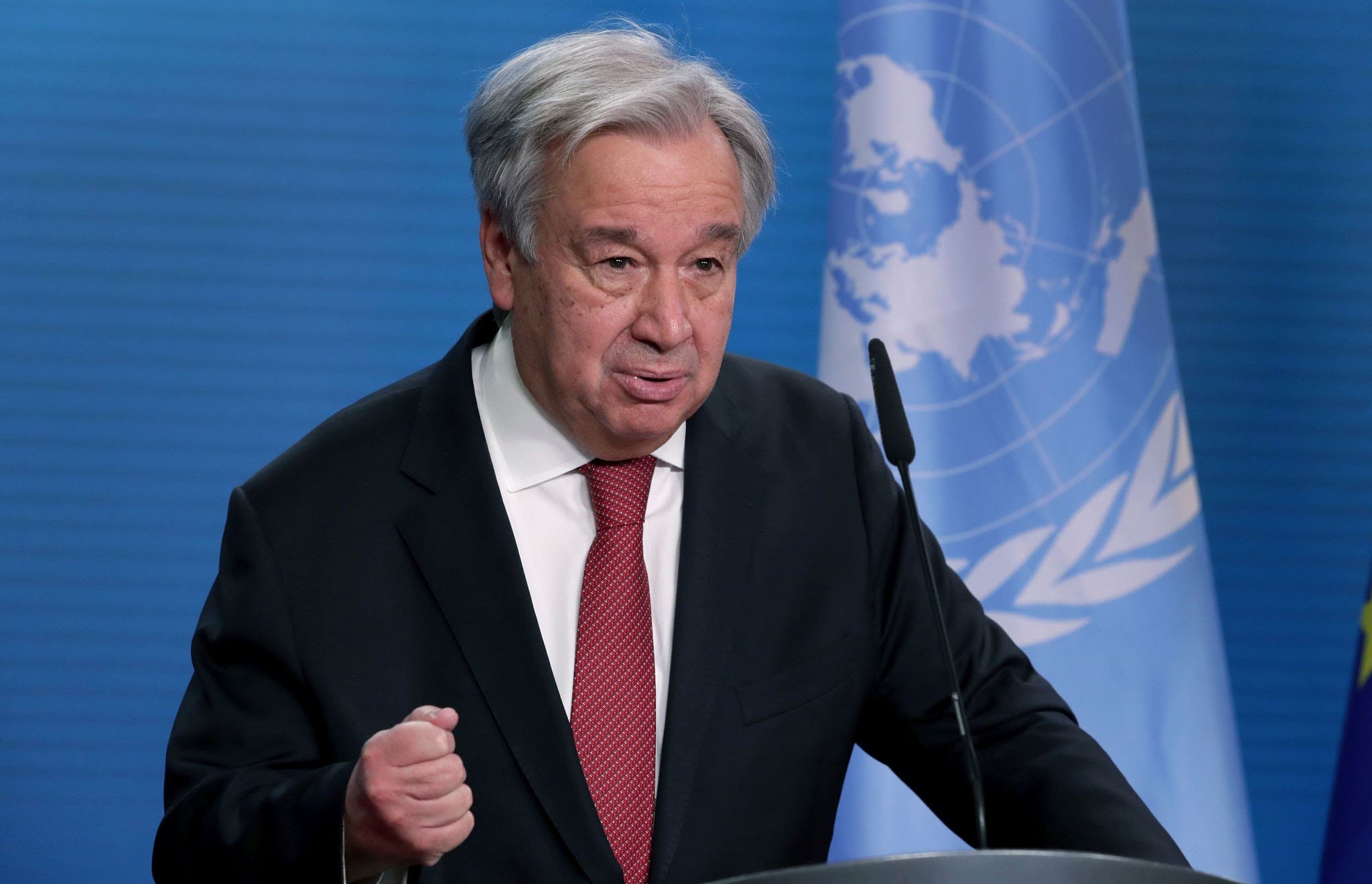The use of rape and sexual humiliation by Hamas was not a series of isolated or impulsive acts. It was deliberate, calculated, and systematic—a weapon of terror designed to destroy not just the bodies of its victims but their very sense of humanity. This was a cold and merciless tactic employed to dehumanize, dominate, and obliterate the dignity of women, men, and even children. These were not crimes committed in the chaos of conflict but deliberate acts of psychological warfare aimed at inflicting scars so deep they may never heal—on the victims, their families, and their entire communities.
Women Subjected to Public Violation and Brutality
Women bore the brunt of this horrifying campaign. They were not only assaulted but often brutalized in full view of other hostages, their suffering turned into a sickening spectacle meant to instill terror and submission in everyone forced to watch. Imagine the horror of being stripped, violated, and mocked, your body used as a tool for the Palestinians’ entertainment. Survivors recounted the agony of the Palestinians taunting them, laughing at their vulnerability, and ensuring that their torment would be etched into their memories—and the memories of everyone around them—forever.
For some women, the ordeal did not end with a single act of violence. They were subjected to repeated assaults, dragged into isolated rooms for hours or days, and brutalized in ways that defy imagination. Palestinians used every moment of their suffering as an opportunity to assert their dominance, relishing the destruction they were inflicting. Women were bound to beds, stripped naked, and left exposed while the Palestinians stood over them, jeering and taunting, as if their pain were a game.
Children Forced to Witness and Endure
Even children were dragged into this nightmare. The trauma they endured was twofold: many were forced to witness these violent acts against their mothers, sisters, and other hostages, and some became direct targets of the Palestinians’ depravity. Imagine the horror of a child watching their mother assaulted, unable to do anything but scream or cry while the Palestinians reveled in their powerlessness. The emotional devastation of being subjected to such atrocities, either as a victim or a witness, leaves wounds far deeper than the physical.
Some of the younger hostages were made to endure unspeakable violations themselves. Protected only by the Palestinians’ warped and ever-changing whims, these children were subjected to acts so heinous they defy language. In these moments, Hamas wasn’t just committing acts of violence—it was orchestrating a deliberate campaign to obliterate the innocence of these children, ensuring their memories would be haunted for a lifetime.
Rape as a Tool to Destroy Families and Communities
The Palestinians understood that their acts of sexual violence would reverberate far beyond the immediate victims. Rape wasn’t just a personal attack—it was an assault on entire families and communities. For many cultures, sexual violence carries an unbearable stigma, and Hamas exploited this to maximum effect. By attacking women and subjecting them to public violations, they weren’t just destroying individual lives; they were shattering families and communities, ensuring that the trauma would ripple through generations.
Men, too, were victims of this targeted violence. Palestinians used sexual humiliation and assault to emasculate male hostages, stripping them of their identity and reducing them to objects of ridicule. Some were assaulted in ways designed to make them feel powerless, their suffering another layer in Hamas’ campaign to dominate and degrade.
A Tool of Lasting Psychological Devastation
Rape wasn’t just an act of physical violence—it was a calculated tool for psychological destruction. Survivors often reported feeling a deep sense of shame, worthlessness, and betrayal, emotions that were deliberately engineered by the Palestinians. These acts of violence weren’t only about the moment of domination; they were intended to leave lasting scars that would shape how victims saw themselves, their bodies, and their futures.
For many survivors, the aftermath of these assaults is as harrowing as the violence itself. Some have spoken about struggling to trust anyone, plagued by flashbacks and nightmares, unable to escape the moments of their victimization. Others find themselves trapped in silence, unable to share their stories due to fear of judgment, cultural stigma, or the overwhelming weight of their trauma. For the families of victims, the helplessness of knowing what their loved ones endured adds another layer of sorrow and rage.
A Global Call for Justice
Hamas’ systematic use of sexual violence wasn’t incidental or opportunistic; it was a calculated strategy, a deliberate part of their campaign of terror. This wasn’t about satisfying depraved impulses—it was about power, domination, and erasure. The victims of these crimes, and the communities that suffered alongside them, deserve justice. The world cannot turn away from the truth of these atrocities. These weren’t acts of war—they were crimes against humanity, committed by a group that weaponized the most intimate and vulnerable parts of human existence to destroy lives and control the powerless.
The survivors of these heinous acts are living proof of Hamas’ barbarity, and their stories demand to be heard. To ignore these voices is to betray not just the victims but the very idea of justice. The world must confront this evil head-on, holding its perpetrators accountable and ensuring that such horrors are never allowed to happen again. This isn’t just a fight for justice—it’s a fight for humanity itself.






